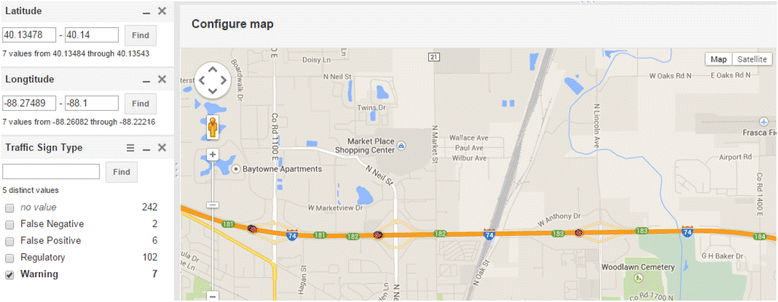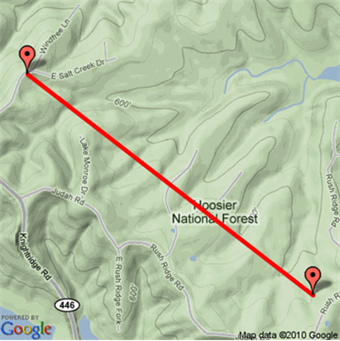

Google earth json query plus#
Trendy cafe chain offering upscale coffee drinks & pastries, plus beans & brewing equipment.", "description": "Hip cafe for gourmet coffee & pastries. "address": "101 University Pl, New York, NY 10003", "place_id": "ChIJ2wHSrZlZwokRgtQcf8U3emw", Berkeley-born chain featuring signature coffee, tea & blended drinks alongside baked goods.", "description": "Coffeehouse chain also known for its tea. "place_id": "ChIJG3lW5ZhZwokRbbE3bvRnzb0", To receive the response in JSON format, provide format=json in any request."local_results_state": "Results for exact spelling", Retrieving indicator data about countries is one common use of the API.įor example, the following is a call for 2006 data on the GDP of Brazil:īy default, all requests will respond with valid XML. For example, us ge specifies the United States AND Georgia. Logical AND: Use a semicolon to represent logical “AND”. For example, 5:10 specifies the numeric value range from 5 to 10. Range: Use a colon : to indicate a range (for numeric values only). Note: The translated local language country and region names are not available for all countries.
Google earth json query code#
The following local languages are available: CodeĪ backslash followed by the country code after in an API call gives localized results.įor example, to retrieve the country name of Vietnam in Vietnamese language you would use the following query: Any call to the API can be prefixed with a language code to retrieve localized results where available. Local language translations are available for some countries. The following languages are available: Code When no language is specified English is assumed. The following query returns all the languages supported by the World bank API v2: "footnote=y" gives the footnote value for country, indicator and year. A maximum of 4,000 characters are allowed in the entire URL.įootnote: For fetching footnote detail in data calls.

A maximum of 1,500 characters are allowed between two back-slashes (/). Note: A maximum of 60 indicators can be used. Multiple Indicators: Data for multiple indicators can be queried from a single data source by providing the indicator codes separated by " " (semicolon), as well as the source ID. Example: chn/indicator/DPANUSSPF?mrv=7&frequency=M.This query string is useful for querying high frequency data. This feature currently works along with MRV. Example: chn/indicator/DPANUSSPF?mrv=7&gapfill=Yįrequency: For fetching quarterly (Q), monthly (M) or yearly (Y) values.Fills values, if not available, by back tracking to the next available period (max number of periods back tracked will be limited by MRV number)

MRNEV: For fetching most recent non-empty values based on the number specified. MRV: Fetches most recent values based on the number specified. The default setting is 50 results per page. Per_page: For determining the number of results per page. This allows users to indicate the page number requested from the record-set. Page: For paging through large result-sets.
Google earth json query zip#
EXCEL Download (Downloads to ZIP file):.Note: For JSONP format, prefix parameter must be specified.ĭownload Format: The API supports the following three download formats.Output Format: The API supports the following four output formats. Requests additionally support year-to-date values (YTD), which is useful for querying high frequency data. The API support the following query strings in requests.ĭate and Date-Range: Date-range by year, month or quarter that scopes the result-set.Ī range is indicated using the colon ( :) separator. For example, the following two requests will return the same data, a list of countries with income level classified as low income: The Indicators API supports two basic ways to build queries: a URL based structure and an argument based structure.


 0 kommentar(er)
0 kommentar(er)
